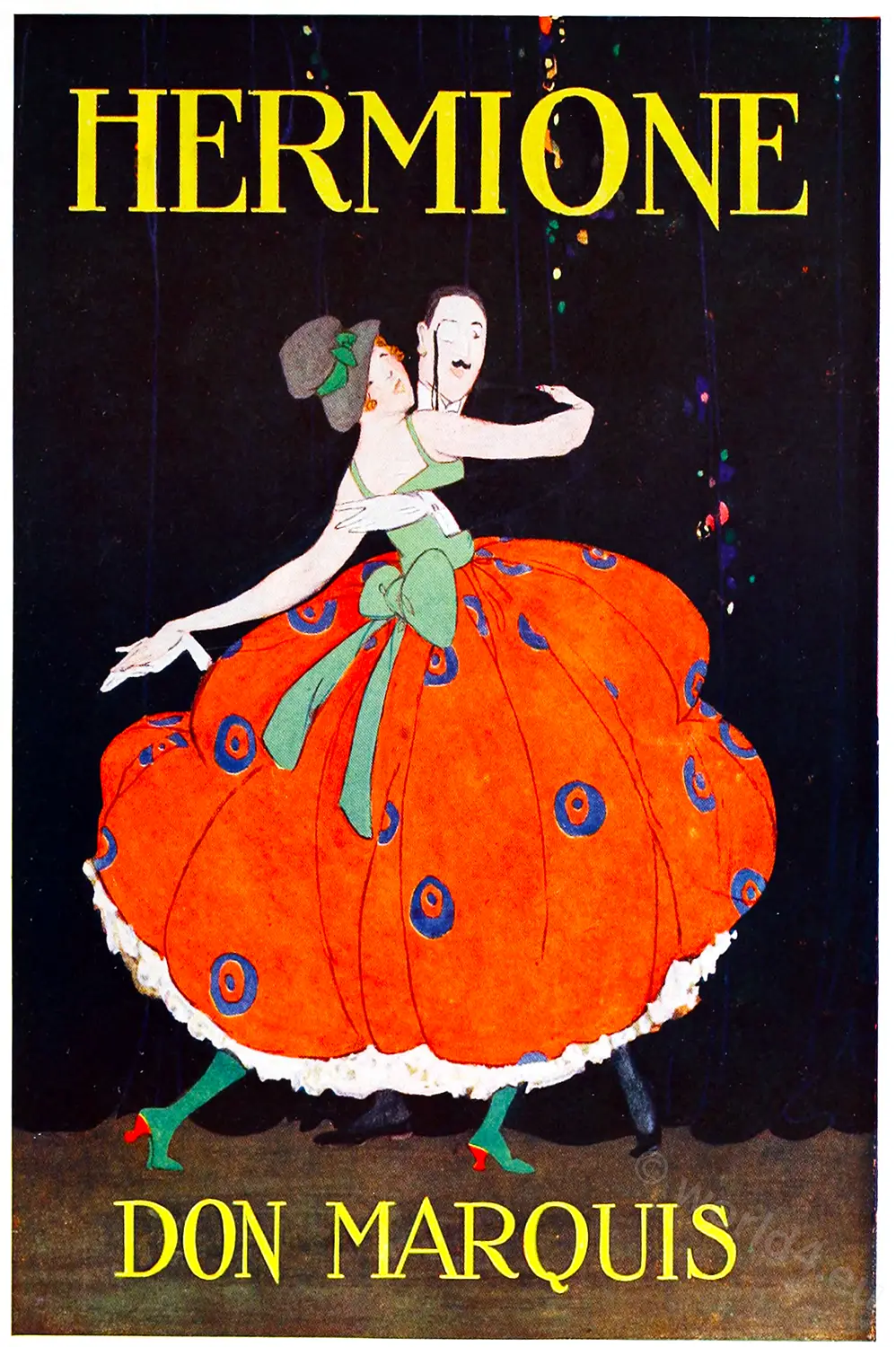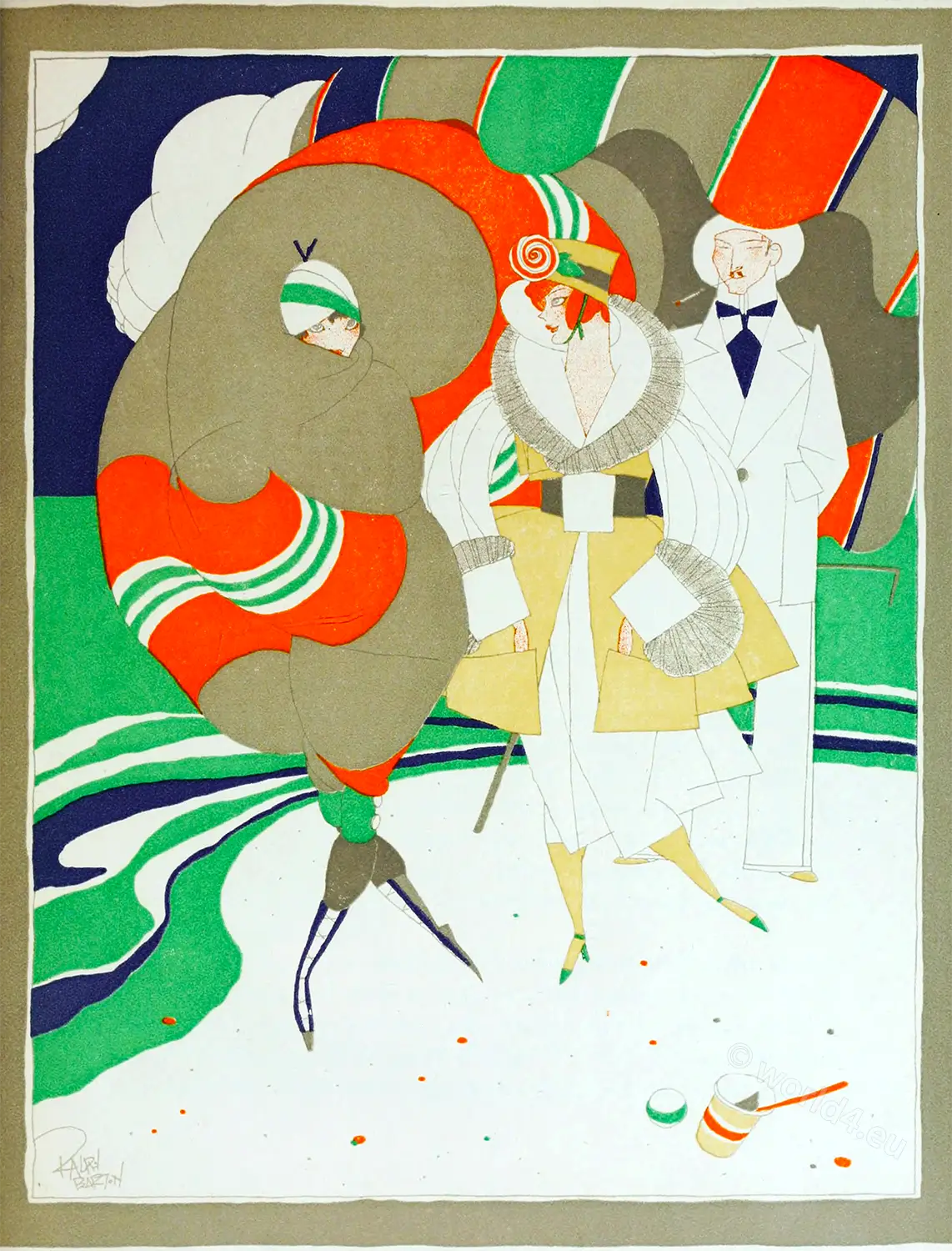Thelma Somerville Cudlipp
(14 October 1891 – 2 April 1983)
Thelma Cudlipp is not the title of a five-hundred page problem novel but the honest-to-goodness name of a charming young Virginian who lives in New York and does drawings alternately dainty, dashing, humorous and daring.
There are some in which two or even three of these qualities are blended, and every now and then one in which all four of these virtues are combined.
The sourest of Teutonic philosophers would be obliged to admit that the little drawing from Vanity Fair in our initial space is dainty and humorous. It is from a page depicting the possible horrors of war and the legend is “The food distress among our little household pets is bound to be tremendous.
Here, for instance, are two of them having to share a single breakfast. “This is typical Vanity Fair wit and Miss Cudlipp has been called upon often to illuminate similar flings in social satire. Some men say women have no sense of humour and other men pay them to make humorous drawings.
The book jacket on the over leaf, for the brilliant and caustic “Hermione” sketches of Don Marquis, is an adaptation of a design for a magazine cover, also for Vanity Fair, and one of the best of a year’s series. Motor Life, the Century, Good House-keeping, the Pictorial Review and the Sunday Sun have all used Miss Cudlipp’s work, also the George H. Doran Co., Charles Scribner’s Sons and other publishers, and several years ago she took a prize of five hundred dollars in a competition for a poster for a flower show in New York City.
Source: Some examples of the work of American designers by Dill & Collins Co; Joseph Moore Bowles (1865-1934). Philadelphia: Dill & Collins Co. 1918.
Discover more from World4 Costume Culture History
Subscribe to get the latest posts sent to your email.



